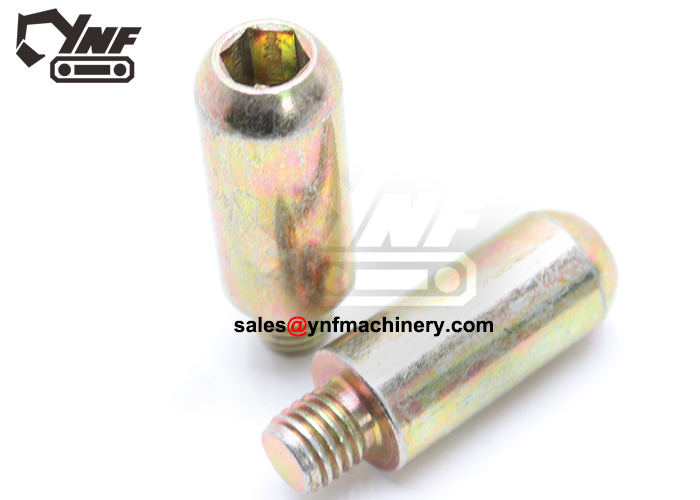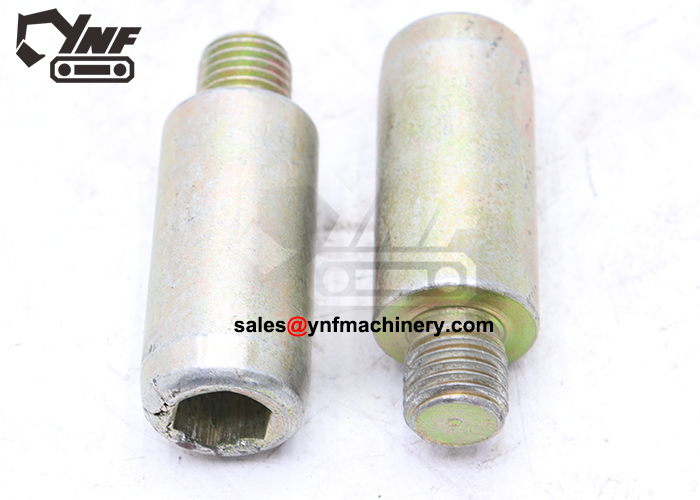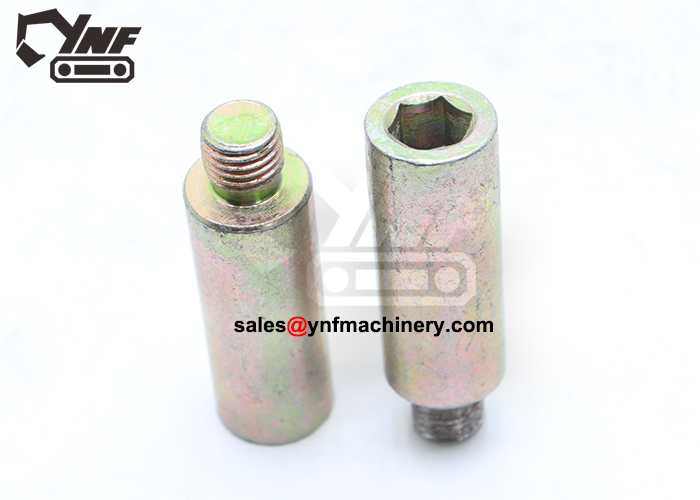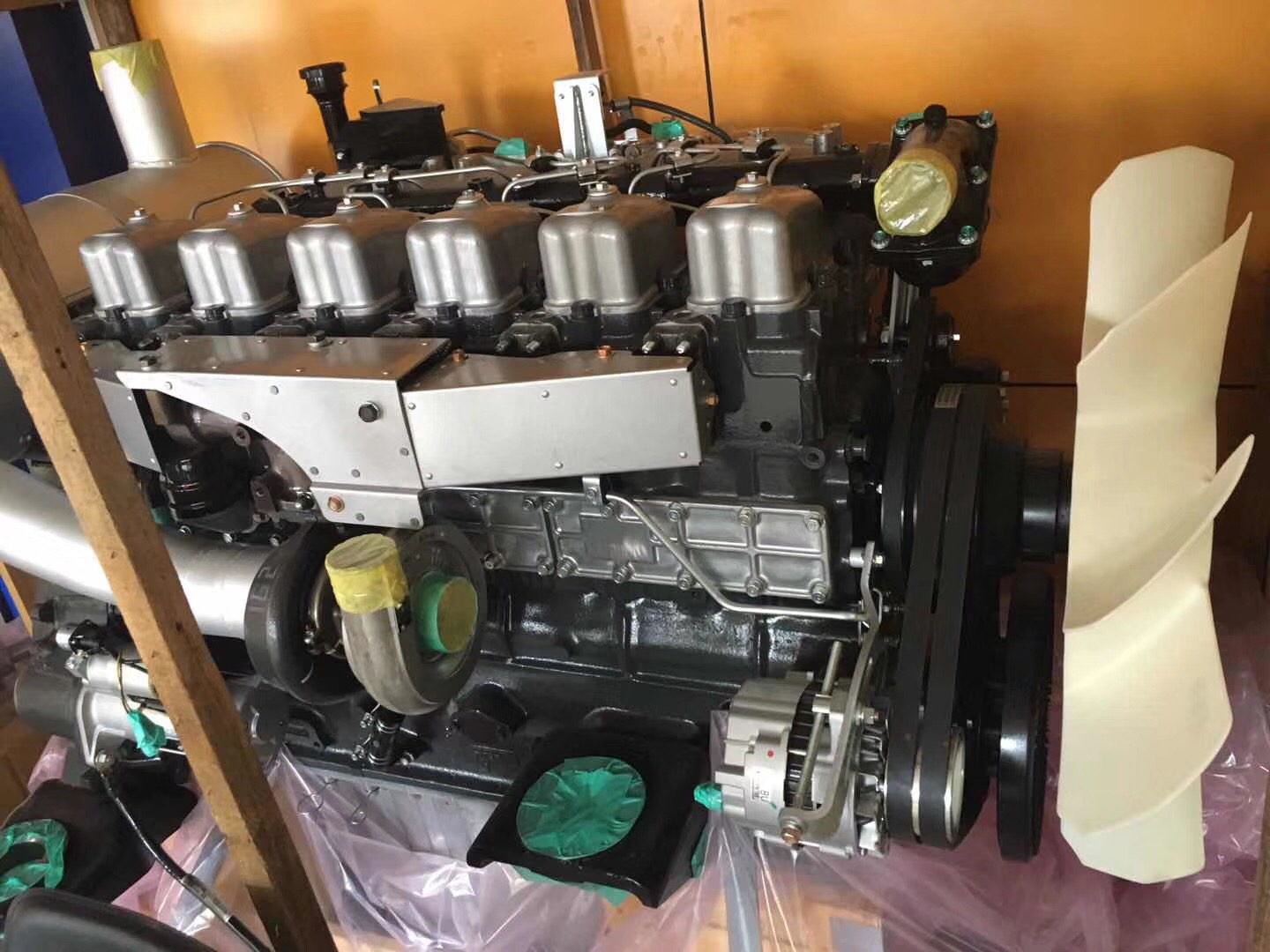# A Comprehensive Guide to Excavator Rubber Couplings and Hydraulic Pump Couplings
Excavators are powerful machines essential for construction, mining, and other industries that require heavy-duty digging and lifting. Within these machines, rubber couplings and hydraulic pump couplings play critical roles in ensuring smooth operation, reliability, and efficiency. These couplings are crucial components that help transfer power while minimizing vibrations and reducing wear on machinery, which can extend equipment lifespan and enhance overall performance.
In this comprehensive guide, we’ll explore everything you need to know about excavator rubber couplings and hydraulic pump couplings, including their types, functions, benefits, common issues, and tips for selection and maintenance.
## Table of Contents
1. **Introduction to Excavator Couplings**
– Importance of Couplings in Excavators
– Role of Rubber and Hydraulic Pump Couplings
2. **Understanding Rubber Couplings**
– Definition and Function
– Types of Rubber Couplings
– Advantages of Using Rubber Couplings
3. **Hydraulic Pump Couplings in Excavators**
– Definition and Function
– Types of Hydraulic Pump Couplings
– Benefits of Hydraulic Pump Couplings
4. **Common Issues and Troubleshooting**
– Causes of Coupling Failure
– Signs of Wear and Damage
– Troubleshooting Guide
5. **Choosing the Right Couplings for Excavators**
– Key Factors to Consider
– Matching Couplings to Machine Specifications
– Quality and Material Considerations
6. **Installation and Maintenance Tips**
– Proper Installation Techniques
– Maintenance Checklist
– Extending Coupling Lifespan
7. **Conclusion**
—
### 1. Introduction to Excavator Couplings
#### Importance of Couplings in Excavators
Excavators rely on several key components to deliver the power needed for their demanding tasks, and couplings are among the most crucial. A coupling connects two rotating parts, like a motor and a shaft, and enables torque transfer. By allowing slight misalignment and dampening vibrations, couplings protect components from excess stress and premature wear.
#### Role of Rubber and Hydraulic Pump Couplings
Rubber couplings and hydraulic pump couplings play specific roles in the power transmission and vibration absorption within excavators. Rubber couplings are commonly used between the engine and the hydraulic pump, providing a buffer against vibrations and minor misalignments. Hydraulic pump couplings, meanwhile, are designed specifically to connect hydraulic components, ensuring consistent performance and high torque transfer while reducing the risk of damage.
—
### 2. Understanding Rubber Couplings
#### Definition and Function
Rubber couplings are flexible connectors made primarily of high-quality rubber materials. They serve as a bridge between components such as the engine and hydraulic pump, allowing for efficient torque transfer. Rubber’s inherent elasticity helps absorb shocks and vibrations that would otherwise affect engine performance and lead to component wear.
#### Types of Rubber Couplings
There are several types of rubber couplings used in excavators, each with specific advantages:
– **Flexible Rubber Jaw Couplings:** Known for high torque capacity and flexibility, these couplings are composed of rubber elements and metal jaws that interlock, providing stability and shock absorption.
– **Rubber Disc Couplings:** These couplings use a rubber disc to absorb vibrations and accommodate slight misalignments between components. They’re ideal for high-torque applications.
– **Rubber Tire Couplings:** Featuring a tire-like rubber element, these couplings offer excellent flexibility and can handle larger misalignments. They’re often used in applications where minimal vibrations are a priority.
#### Advantages of Using Rubber Couplings
Rubber couplings offer several benefits in excavator applications:
– **Vibration Dampening:** The rubber material effectively absorbs vibrations, reducing noise and wear.
– **Misalignment Compensation:** Rubber couplings can handle slight angular and parallel misalignments, protecting machinery from undue stress.
– **Durability and Flexibility:** Rubber is a durable material, able to withstand the rigors of excavator work while maintaining flexibility.
– **Cost-Effectiveness:** Rubber couplings are often more affordable than other types of couplings, making them a practical choice for heavy machinery.
—
### 3. Hydraulic Pump Couplings in Excavators
#### Definition and Function
Hydraulic pump couplings are specialized connectors that link hydraulic pumps to engines or other drive sources within an excavator. They are designed to transmit power with minimal energy loss, ensuring that hydraulic systems receive consistent, uninterrupted energy for optimal performance.
#### Types of Hydraulic Pump Couplings
The main types of hydraulic pump couplings include:
– **Gear Couplings:** These couplings use interlocking gears to transmit power. They’re durable, capable of handling high torque, and can accommodate slight misalignments.
– **Disc Couplings:** Similar to rubber disc couplings, these metal disc couplings provide flexibility, absorbing misalignments without sacrificing torque.
– **Flexible Shaft Couplings:** Often constructed from flexible steel, these couplings allow for a slight bend in the shaft, accommodating misalignments and absorbing shocks from engine or pump pulsations.
#### Benefits of Hydraulic Pump Couplings
Hydraulic pump couplings bring several key advantages:
– **Efficient Power Transmission:** By ensuring reliable torque transfer, hydraulic pump couplings contribute to stable hydraulic power output.
– **Protection Against Wear:** The flexible nature of these couplings absorbs shocks and vibrations, minimizing wear on connected components.
– **Enhanced Equipment Longevity:** Consistent, vibration-free operation extends the life of the hydraulic system, reducing maintenance needs.
—
### 4. Common Issues and Troubleshooting
#### Causes of Coupling Failure
Coupling failure in excavators can occur due to various reasons, including:
– **Excessive Misalignment:** Misalignment beyond the coupling’s tolerance can lead to increased stress, resulting in wear or breakage.
– **Improper Installation:** Incorrect installation, such as inadequate tightening, can cause coupling slippage or premature wear.
– **Material Degradation:** Rubber can degrade over time due to exposure to heat, chemicals, or oils, which reduces coupling effectiveness.
– **Overloading:** Applying torque beyond a coupling’s rated capacity can lead to mechanical failure or distortion.
#### Signs of Wear and Damage
Common signs that a coupling may need replacement include:
– **Unusual Vibrations or Noise:** Increased vibrations or noise often indicate wear or misalignment.
– **Cracking or Warping of Rubber:** Visible cracks or warps suggest material degradation, especially in rubber couplings.
– **Inconsistent Power Transmission:** Power loss or fluctuations during operation may point to coupling issues.
#### Troubleshooting Guide
– **Check Alignment:** Ensure all connected components are aligned according to the manufacturer’s specifications.
– **Inspect Material Condition:** Regularly inspect couplings for signs of wear, cracks, or degradation.
– **Monitor Vibrations:** Excessive vibrations could indicate coupling issues; investigate and replace if necessary.
—
### 5. Choosing the Right Couplings for Excavators
#### Key Factors to Consider
Selecting the right coupling involves assessing:
– **Torque Requirements:** Choose a coupling that can handle the specific torque output of your excavator.
– **Vibration Dampening Needs:** If vibration control is critical, prioritize rubber couplings or those designed to absorb shocks.
– **Alignment Tolerance:** Consider the type and degree of misalignment the coupling can accommodate, depending on your application.
#### Matching Couplings to Machine Specifications
Each excavator model may have unique requirements for couplings, so it’s crucial to match coupling specifications with machinery needs. Check the manufacturer’s recommendations, considering engine type, hydraulic pump specifics, and operational demands.
#### Quality and Material Considerations
High-quality materials like reinforced rubber or flexible steel ensure durability. Look for couplings with certifications or proven performance in similar machinery.
—
### 6. Installation and Maintenance Tips
#### Proper Installation Techniques
– **Align Components Accurately:** Proper alignment minimizes stress on the coupling and extends its lifespan.
– **Use Correct Fastening Torque:** Follow manufacturer guidelines for tightening bolts or screws to prevent slippage.
– **Avoid Overloading:** Install couplings that meet or exceed the excavator’s power and torque requirements.
#### Maintenance Checklist
– **Regular Inspections:** Conduct visual inspections and monitor vibrations periodically.
– **Lubrication:** For metallic couplings, lubrication can reduce friction and prolong life.
– **Replace Worn Components:** Replace rubber components at the first sign of cracks or wear.
#### Extending Coupling Lifespan
By following best practices for installation, maintenance, and operating within recommended load capacities, excavator couplings can achieve a longer service life, reducing downtime and costs.
—
### 7. Conclusion
Excavator rubber couplings and hydraulic pump couplings are essential to the reliable performance of heavy machinery. These components allow for smooth power transfer, reduce vibrations, and prevent wear on critical parts, ensuring excavators can handle challenging work environments with minimal downtime. By understanding the types, benefits, and proper maintenance of these couplings, operators can ensure their machinery remains operational and cost-effective. Proper selection, installation, and regular maintenance are keys to maximizing the lifespan and performance of these crucial components in your excavator’s drivetrain.
Incorporating quality rubber and hydraulic pump couplings in your excavator maintenance routine can prevent unexpected breakdowns and enhance overall productivity, making it a worthwhile investment for any business that relies on heavy-duty machinery.









